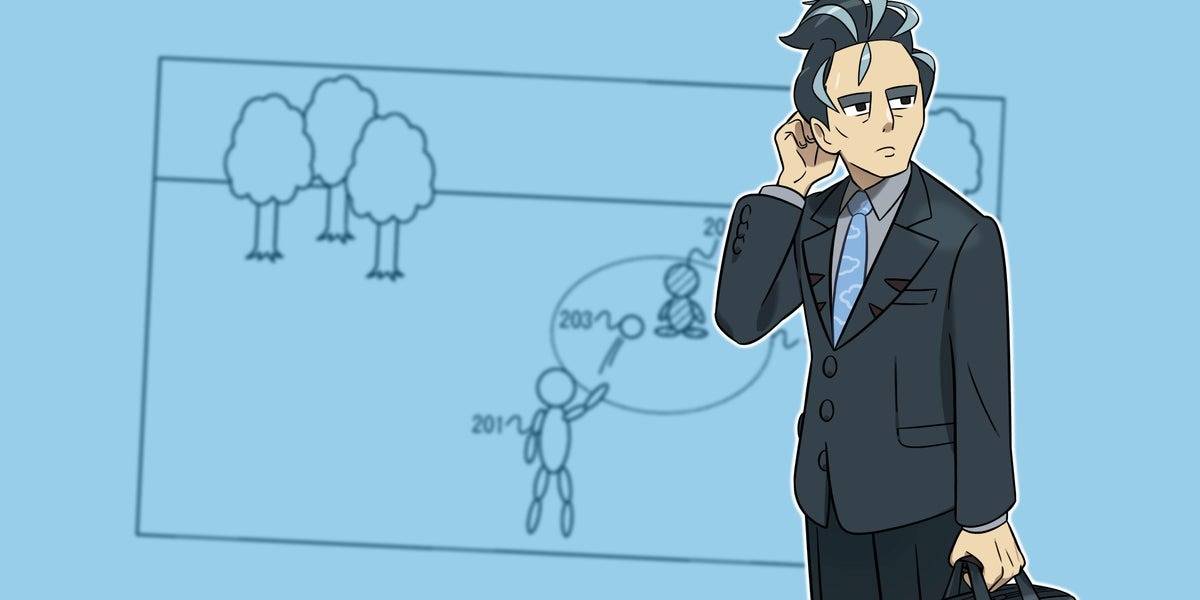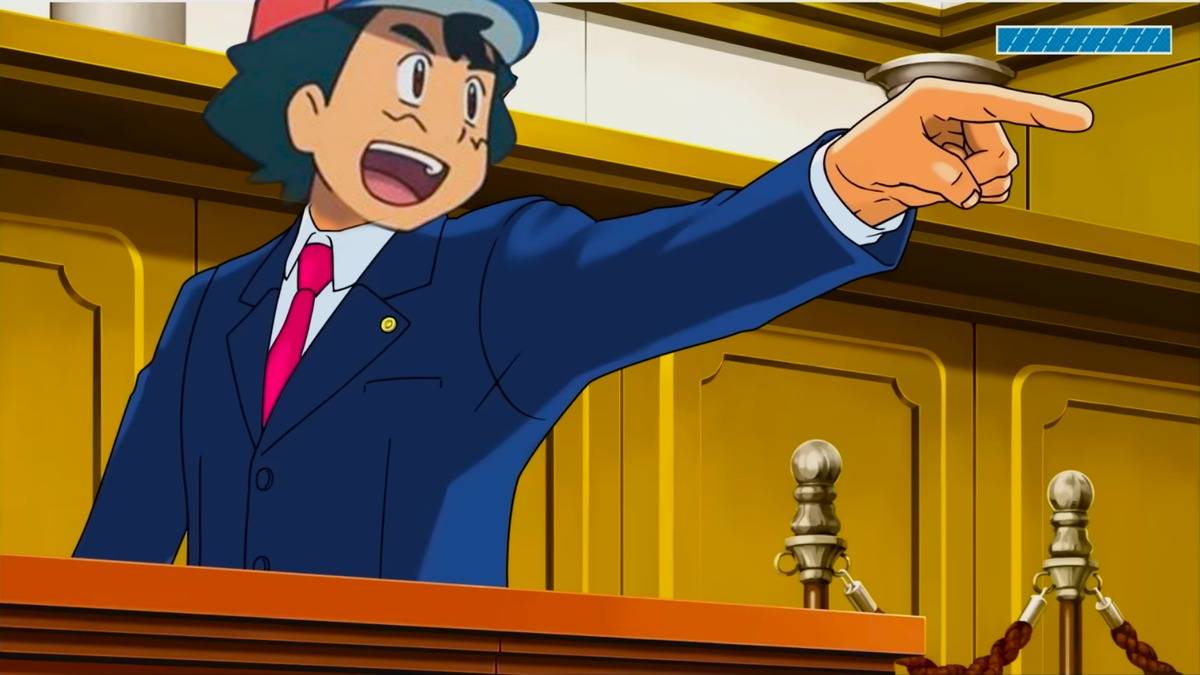Nintendo’s New Patent: A Legal Minefield or a Paper Tiger? We Asked the Lawyers
Popular Now
 Rust
Rust
 Genshin Impact
Genshin Impact
 FIFA 23
FIFA 23
 Geometry Dash
Geometry Dash
 Fall Guys
Fall Guys
 CarX Street
CarX Street
 Roblox
Roblox
 Warframe
Warframe
 Free Fire
Free Fire
 Garena Free Fire: Kalahari
Garena Free Fire: Kalahari
 Nintendo is well-known for its aggressive defense of intellectual property. This reputation was put to the test recently when the U.S. Patent and Trademark Office (USPTO) granted the company a new, highly controversial patent. The patent, which covers the act of a player “summoning a sub character” to fight on their behalf, has sent shockwaves through the gaming industry. On its face, it appears to cover a core mechanic that has been a staple in countless games for decades, from Diablo to Digimon and even Elden Ring. We reached out to a number of legal experts to understand just how enforceable this new patent truly is, and their answers paint a complex and worrying picture for the industry at large.
Nintendo is well-known for its aggressive defense of intellectual property. This reputation was put to the test recently when the U.S. Patent and Trademark Office (USPTO) granted the company a new, highly controversial patent. The patent, which covers the act of a player “summoning a sub character” to fight on their behalf, has sent shockwaves through the gaming industry. On its face, it appears to cover a core mechanic that has been a staple in countless games for decades, from Diablo to Digimon and even Elden Ring. We reached out to a number of legal experts to understand just how enforceable this new patent truly is, and their answers paint a complex and worrying picture for the industry at large.
 “The Patent Office Made a Huge Mistake”
“The Patent Office Made a Huge Mistake”
The immediate and overwhelming consensus from the legal community is that the patent should never have been granted in the first place. Video game patent lawyer Kirk Sigmon told PC Gamer that the patent’s approval was “an embarrassing failure of the US patent system,” stating that the claims were “in no way allowable.” His opinion is echoed by Florian Mueller, a respected patent and litigation expert, who bluntly stated that “the patent office made a huge mistake.”
The core issue, according to these experts, is prior art. The legal principle of prior art states that an invention cannot be patented if it has been publicly used or described before the patent application was filed. In the case of this patent, the act of summoning a monster or character to fight for a player has existed in games for decades. Former Chief Legal Officer at The Pokémon Company, Don McGowan, expressed his incredulity to Eurogamer, saying, “I wish Nintendo and Pokémon good luck when the first other developer just entirely ignores this patent and, if those companies sue that developer, the developer shows decades of prior art.” He believes that the patent would not hold up in court if it were ever challenged, as the defendant could easily prove that the mechanic is not a new invention.
So why did the USPTO approve it? According to the lawyers we spoke with, the patent office is likely overwhelmed and lacks the specific expertise needed to evaluate video game mechanics. As a result, bad patents are often “rubber-stamped” and the burden of proving their invalidity is left to the courts, a costly and time-consuming process.
The True Power of a “Bad” Patent
While a legal challenge would likely invalidate the patent, its very existence creates a chilling effect on the industry, particularly for small independent developers. As games industry lawyer Richard Hoeg explained to Eurogamer, the true power of a bad patent isn’t in its enforceability in court, but in the threat of litigation. “The filing for such patent protection indicates that Nintendo does intend to pursue a legal strategy in defending itself against entrants in the pocket monster genre,” Hoeg said. “But that strategy may or may not involve lawsuits, as the ‘muddying of the waters’ effected by the patents’ existence may be enough to deter investment in and creation of competitors.”
Litigation is an expensive and risky endeavor. A small studio could have a strong case against Nintendo, but the sheer cost of fighting a multi-million dollar legal battle would be enough to sink them, regardless of the outcome. This creates a situation where Nintendo can use the patent as a passive deterrent, a sword of Damocles hanging over the heads of smaller studios who might be considering a game with a similar mechanic. The fear of being dragged into a lawsuit is often enough to stop a project in its tracks.
This situation is particularly relevant in light of Nintendo’s ongoing lawsuit against Pocketpair, the developer of Palworld. While the lawsuit in Japan is centered on different patents, this new U.S. patent is seen by many as part of a larger, long-term legal strategy to protect its intellectual property and deter future competitors. The “summon and battle” patent appears to be specifically worded to target games that utilize mechanics similar to those found in Pokémon: Let’s Go!, which involved summoning a Pokémon to auto-battle on the field.
A Call for Reform
The consensus among legal experts is that this patent, and others like it, are an indication of a larger systemic problem within the U.S. patent system. “It may be time for reform there,” Hoeg stated. The gaming industry is innovating at a breakneck pace, and the legal framework has not been able to keep up. As a result, basic gameplay mechanics are being patented, which could ultimately stifle creativity and prevent developers from building on each other’s ideas.
For now, developers are left in a state of legal uncertainty. While this patent is likely unenforceable in court, the threat it poses is very real. The only way to combat it is for the industry to proactively challenge these patents and for developers to continue to innovate in ways that are distinct and unique. The legal battle over who owns a mechanic as simple as summoning a character is a stark reminder that in the modern gaming landscape, the fight for innovation is as much a legal one as it is a creative one.






